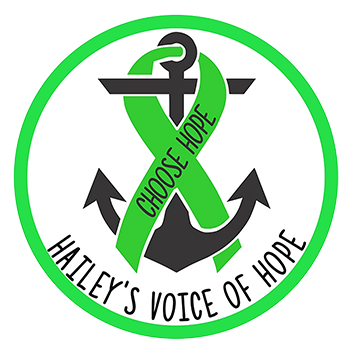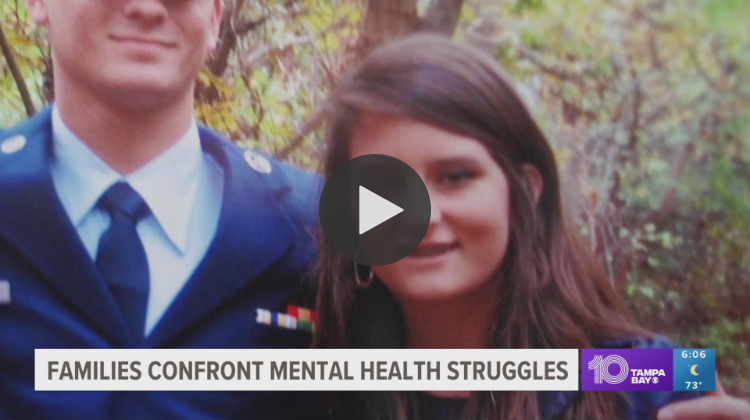With the need so high for mental health services, some in the Tampa Bay area are taking action to prevent lives from being lost to mental illness.
It would be her daughter Hailey’s birthday. It’s also when Acierno said, “We lost her.”
Hailey died at 17 years of age in 2017. As her mother put it, mental illness, not suicide, killed the talented teenager. Her daughter was seldom without paper so she could draw or color. She was so smart, she aced her midterms despite weeks spent at the hospital due to her mental health, her mom said.
But most of all, Hailey cared for everybody.
“I never want anyone to feel as alone as she did and as desperate as she did,” Acierno said. “This is how I’m coping. Just trying to make a difference.”
Acierno started “Hailey’s Voice of Hope” to shed light on mental illness and help break the stigma.
On top of training educators on how to intervene during a crisis, her organization has also partnered with Hillsborough County Public Schools to put brochures in every middle and high school in the county with a list of mental health resources.
Crisis Center: Pandemic spurred a ‘behavioral health tsunami’
Clara Reynolds, president and CEO of the Crisis Center of Tampa Bay, said she hasn’t seen the need this high ever in her career.
Mental health experts believe childhood depression and anxiety have already gone up over the years, but the pandemic exacerbated the problem.
“The pandemic created this opportunity for behavioral health tsunami, because individuals were really struggling during the pandemic, and those struggles have continued, even as our community has opened,” Reynolds said.
Already, suicide was the second leading cause of death for people ages 10 to 14 and 25 to 34 in 2020, according to the Centers for Disease Control and Prevention.
However, the rates vary with more groups considered at higher risk including veterans, LGBTQ+ youth and adults between the ages of 35 and 64.
One study showed that more than four in 10 U.S. high school students said they felt persistently sad or hopeless during the pandemic. Stress takes its toll, especially in low-income areas.

